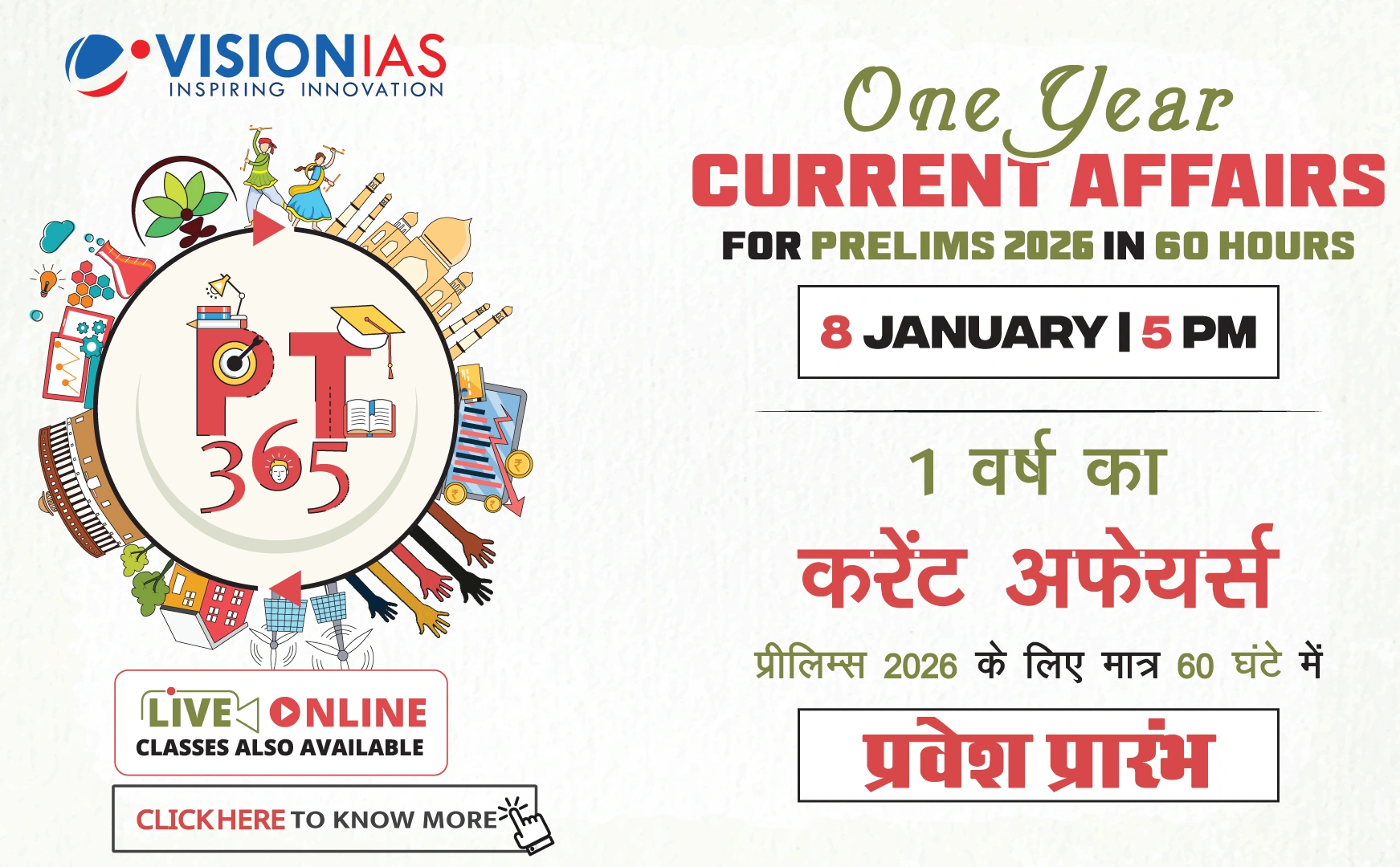Demographic Statistics
The latest demographic statistics released by the Census, based on the Sample Registration System (SRS), indicate two significant trends in India: a decline in birth rates and an increase in life expectancy. Life expectancy has improved by 20 years over the last four decades, rising from 49.7 years in 1970-75 to 69.9 years in 2018-22.
Emerging Social Challenge: Ageing
- India is experiencing a demographic transition with a growing elderly population, posing a potential challenge to its development goals by 2047.
- The social and economic cost of caring for an increasing number of senior citizens could be considerable.
Census Observations
- The 2011 Census highlighted a demographic shift with a decline of 5 million in the under-6 age category, consistent with falling fertility rates.
- The fertility rate decreased nationally from 3.3 in 2001 to 2.5 in 2011, with notable declines in populous states like Uttar Pradesh and Bihar.
- Data from SRS 2022 shows a continued decline in birth rates from 21.4 per 1,000 in 2013 to 19.1 in 2022.
- Urban areas showed a sharper decline due to the shift towards nuclear families.
Longevity Trends
- Life expectancy in India improved from 62.3 years in 2001 to 65.5 years in 2011, reaching 69.9 years in 2018-22.
- Kerala leads with the highest life expectancy at 74.8 years, with men at 71.7 and women at 78.0.
Projected Demographic Transition
- According to Census 2011, there were 10.38 crore senior citizens (60+ years) in India, projected to rise to 17.32 crore by 2026.
- UN Population Fund (UNFPA) estimates the senior population will constitute a fifth of India’s population by 2050, approximately 350 million, surpassing the current population of the US.
Challenges and Opportunities
State of the Elderly Population
- A NITI Aayog study reveals that 3 out of 4 senior citizens have one or more chronic diseases.
- 25% of seniors have at least one limitation in daily living activities.
- 33% reported depressive symptoms, with only 18% having health insurance coverage.
- 70% are dependent on others for daily living, and 78% lack pension cover.
Economic Opportunities
- The home healthcare market in India is projected to grow to $21.3 billion by 2027, presenting an economic opportunity amidst the challenges.



